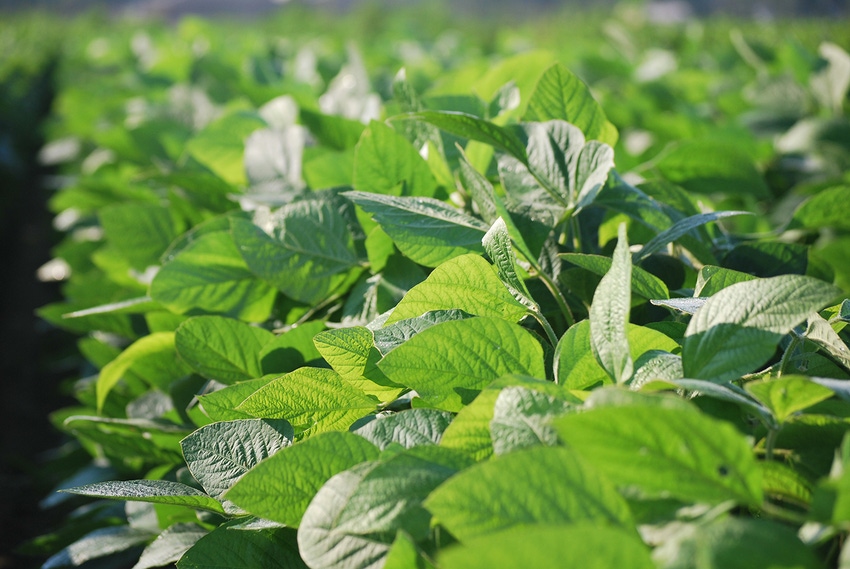March 16, 2020

Eddie McGriff has worked with some of the region's top soybean yielders, and he says soybeans planted before May in Alabama can alone increase yield potential, but there's risks.
"Three factors that play a critical role in high soybean yields are adequate moisture, irrigation, planting date and solar radiation, or sunlight, during pod fill. The earlier growers can plant in Alabama, the more likely they can take advantage of all three factors," said McGriff, who is the northeast regional agent for the Alabama Cooperative Extension Service.
McGriff considers soybeans planted in mid-April through May 1 as early planted. Ultra-early planted soybeans would be planted in very late March through mid-April in Alabama.
"The soil and weather conditions may not always allow farmers to plant this early in Alabama, especially in North Alabama, but some years there will be a window of opportunity to plant ultra-early soybeans," he says.
The benefits of ultra-early soybeans in Alabama include:
Higher potential yields and profitability.
Shorter plants and less lodging.
Non-irrigated soybeans may benefit from better moisture early for planting and early growth.
Flowering and pod set occurs during longest days.
Longer reproductive period and greater seed filling rate.
Potential for earlier harvest and more positive basis.
Less chance of some diseases such as soybean rust.
If planted in nematode infested fields, gives the soybean plant time to get established before nematode populations explode.
The risks of planting ultra-early soybeans in Alabama include:
Late spring frost and risk of replanting.
Risk of more seedling disease and Sudden Death Syndrome.
Weather pattern may not always benefit ultra-early planted soybeans.
The indeterminate varieties are at more risk to seed decay and poor quality because seed maturity occurs during warmer temperatures and more chance of rainfall.
They need to be planted at the same time we are planting corn and harvested when we are harvesting corn.
"The longest day of the year is June 21 and days become shorter after June 21. Indeterminate soybean varieties planted earlier will begin pod fill during the longest days of the year and take advantage of the highest amount of solar radiation. This allows maximum photosynthesis where the plant converts sunlight into sugars. These sugars are the energy source for the soybean plant and seed production," he said. "Indeterminate varieties are not as photoperiod sensitive as determinate varieties allowing them to be planted earlier."
McGriff offered suggestions to growers who want to try the ultra-early soybean in 2020:
Try it on a limited number of acres until you develop a management system for your farm.
Uniform stand establishment can be expected after soil temperatures reach 50 degrees F but wait until the reach 55 degrees F and a waiting trend is forecasted for the next 5-7 days.
A soybean seed treatment for seedling diseases should be used.
An in-furrow fungicide and seed treatment for SDS is encouraged.
When planting in less than ideal conditions, seeding rates of 130,000+ seed per acre are advisable.
Timely harvest is critical and a harvest aid is prudent.
About the Author(s)
You May Also Like






